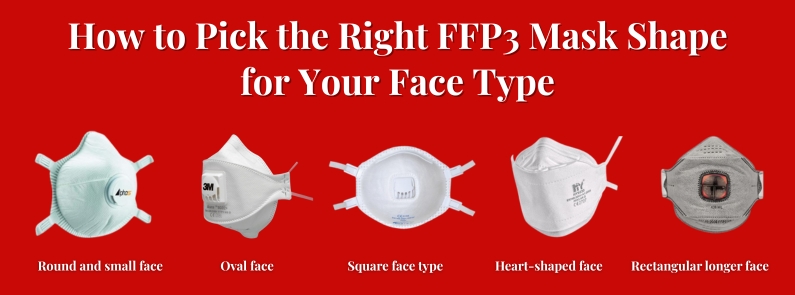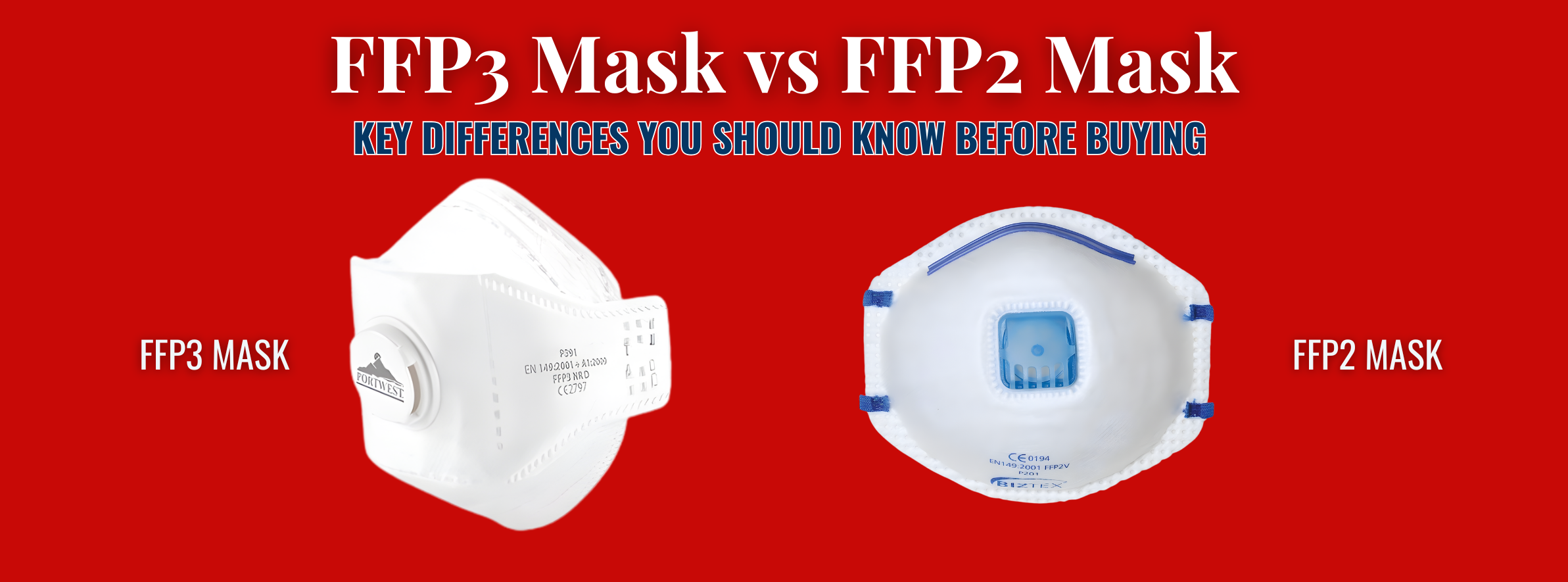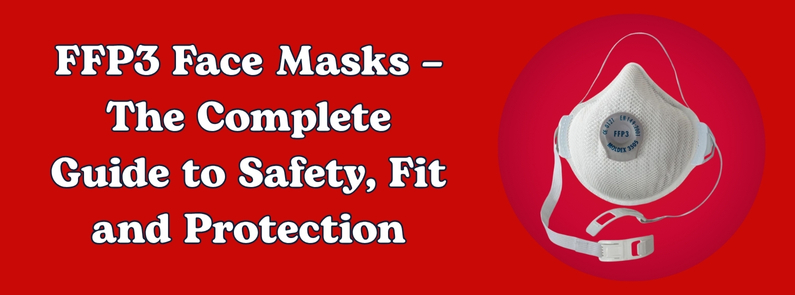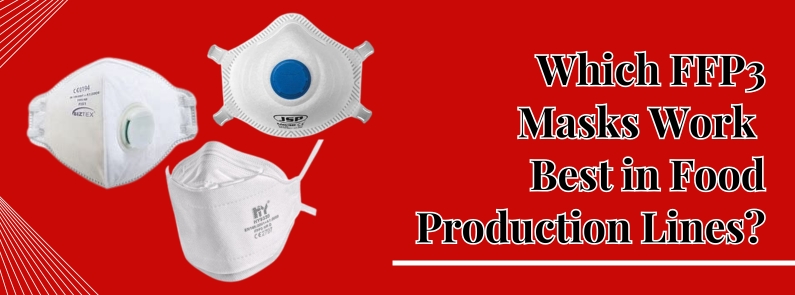
FFP2 and FFP3 masks are distinguished as highly efficient respiratory masks with high filtration capabilities. These masks are essential for protecting people from dangerous airborne particles, but knowing what makes them different is crucial while selecting the best one for your needs.
Let us examine the main differences between FFP2 and FFP3 masks, along with information on their filtration effectiveness, fit, intended application, comfort, cost, and the legal requirements that control their manufacture.
What is FFP2 Vs. FFP3?
FFP2 masks are the European counterpart of the N95 respirator masks used in the United States. FFP2 masks provide the wearer with superior protection by filtering 94% of airborne particles at 0.3 microns and above. Compared to FFP2, FFP3 masks offer better protection. The most recent FFP3 filtering technology is available in diverse types, sizes, and models. FFP3 dust masks provide the maximum level of protection by filtering 98% of airborne particles at 0.3 microns and above.
Comparing the differences between FFP2 and FFP3: What makes FFP3 better than FFP2?
You can protect yourself against airborne threats by making educated decisions based on your knowledge of the distinctions between FFP mask types. Keep in mind that FFP masks prioritise a snug fit and appropriate use while providing exceptional protection. Still confused about how to go ahead? Understand the differences below and decide the best course of action based on your requirements.
- Protection limits
APF (Assigned protection factor) and OEL (Occupational exposure limit) define the protection limits of the masks. APF indicates the factor by which the wearer is protected from hazardous airborne particles. OEL, on the other hand, means the amount of toxic substances that is allowed in the workplace.
For FFP2, the APF and OEL values are 10 x APF and 12 x OEL.
For FFP3, the APF and OEL values are 20 x APF and 50 x OEL. - Breathability and comfort
Comfort and breathability are crucial for mask wearers, especially when wearing them for prolonged periods of time. Because FFP2 masks have less filtration efficiency and less breathing resistance than FFP3 masks, they are typically more pleasant to use for extended periods of time. The increased filtration effectiveness of FFP3 masks can limit their usefulness for prolonged usage by making breathing a little more difficult. - Fit and leakage
When correctly sealed, FFP2 masks provide good protection and fit securely on the wearer's face. FFP3 masks have a more sophisticated sealing mechanism and often include extra features like foam seal and adjustable straps to ensure a better fit and reduce the possibility of air leakage. Due to their better fit, FFP3 masks are appropriate for settings where exposure to dangerous particles or highly contagious aerosols is a concern. - Regulatory standards
Both FFP2 and FFP3 masks need to meet the necessary regulatory standards to ensure the wearer’s safety and protection against the environment. For industries and workplaces in the UK, the standards are defined by EN 149:2001 + A1:2009. It classifies the masks on the basis of their filtration efficiency and inward leakage. - Reusability
The reusability often depends upon the filtration efficiency and specific mask type. Like, FFP3 masks are not designed for reuse because the potential filters clog down due to heavy contaminant exposure. It cannot be worn down for a longer period, and cannot be reused as well. However, FF2 reusability depends upon the manufacturer’s guidelines and usage conditions, and it can be used once or twice again.
So, should you always go with FFP3 masks?
As per the filtration efficiency levels and protection limits, FFP3 is the best respiratory mask that provides the highest protection against airborne particles. However, the decision on which one is best and which one should be worn depends on the workplace environment or level of toxicity.
FFP3 masks are mainly made for high-risk work environments where it's usual to be exposed to dangerous airborne particles like asbestos fibres or specific chemical aerosols. FFP3 masks' improved seal and increased filtering efficiency offer workers a higher level of protection in these kinds of settings. FFP2 masks are frequently used in less dangerous circumstances, even though they still provide good protection.
Here’s a table that represents in which situations what FF2 and FFP3 are worn:
| FFP2 Masks | FFP3 Masks |
|---|---|
| Construction and building sites | Healthcare procedures, especially during aerosol-generating procedures, like bronchoscopy or intubation |
| Metal work and manufacturing | Chemical and pharmaceutical industries |
| Agriculture | Asbestos removal |
| Waste management | Mining, foundries, and heavy industries |
| General healthcare, when not dealing with high-risk procedures | Waste water treatment and bio-hazard zones |
Summing Up
A FFP3 or a surgical mask would be adequate for routine use. However, the particular environment and possible hazards involved determine which mask is best. Available with or without a valve, the FFP2 and FFP3 dust masks can be useful for people having trouble breathing because the valve filters the air and allows small amounts of air to be released from the mask without allowing any air to enter.
At Respirator Shop, we have a range of FFP2 and FFP3 series of valved and non-valved disposable masks available from different manufacturers. Some of the manufacturers, like 3M and Moldex, have designed high-quality powered respirator solutions and full-face respirators with the end user in mind. So, you get comfort and protection at the same time while working in hazardous conditions. Shop for the best respiratory equipment as per your workplace requirements!





